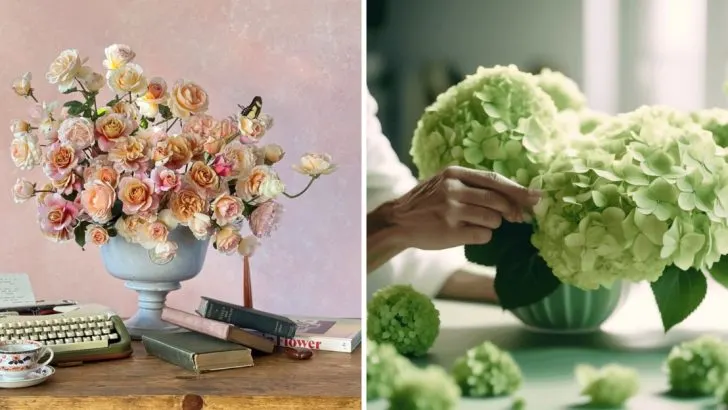The 1950s brought a wave of vibrant, timeless garden flowers that continue to thrive and charm gardens today. From bold blooms to soft pastels, these flowers captured the essence of mid-century beauty and laid the foundation for many of the floral favorites we still adore.
In this article, we’ll revisit nine of the most loved garden flowers of the ’50s – plants that were adored by gardeners then and remain just as beloved in today’s landscapes. Discover how to incorporate these enduring blossoms into your garden and bring a touch of nostalgic elegance to your outdoor space.
Roses
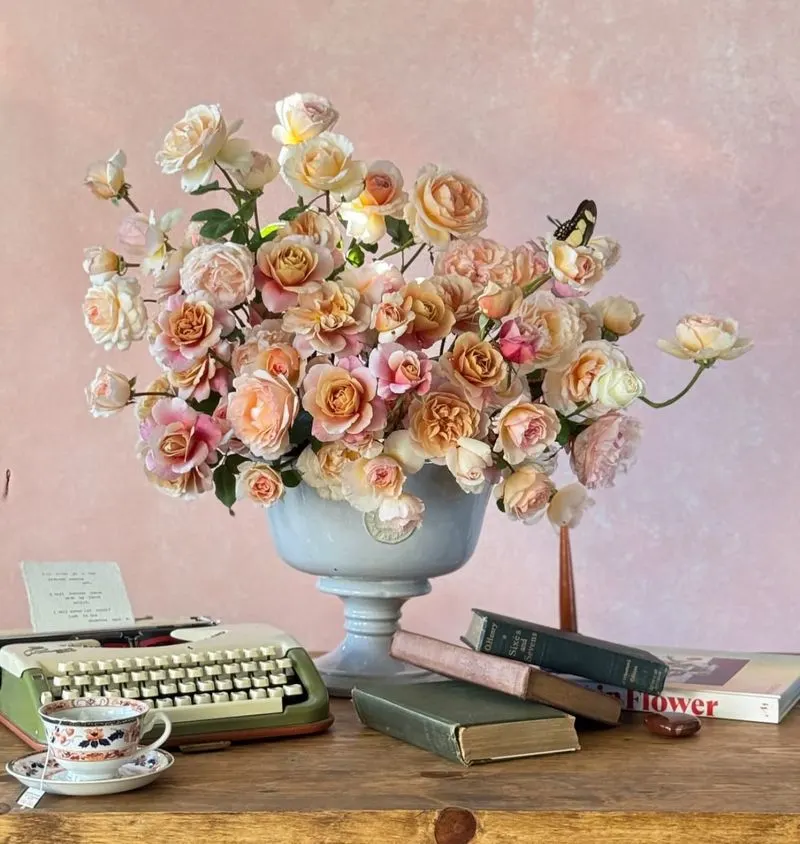
Known for their breathtaking beauty, roses are a staple in gardens around the world. Coming in a myriad of colors, they symbolize love and passion. In the ’50s, roses were a popular choice for home gardens, often found in neatly arranged beds or climbing gracefully over arbors. Today, many gardeners still cherish these blooms for their classic appeal. Cultivating roses requires attention to sunlight and proper pruning, ensuring they flourish season after season. Modern varieties offer improved disease resistance, making them easier to care for while preserving their timeless charm.
Dahlias
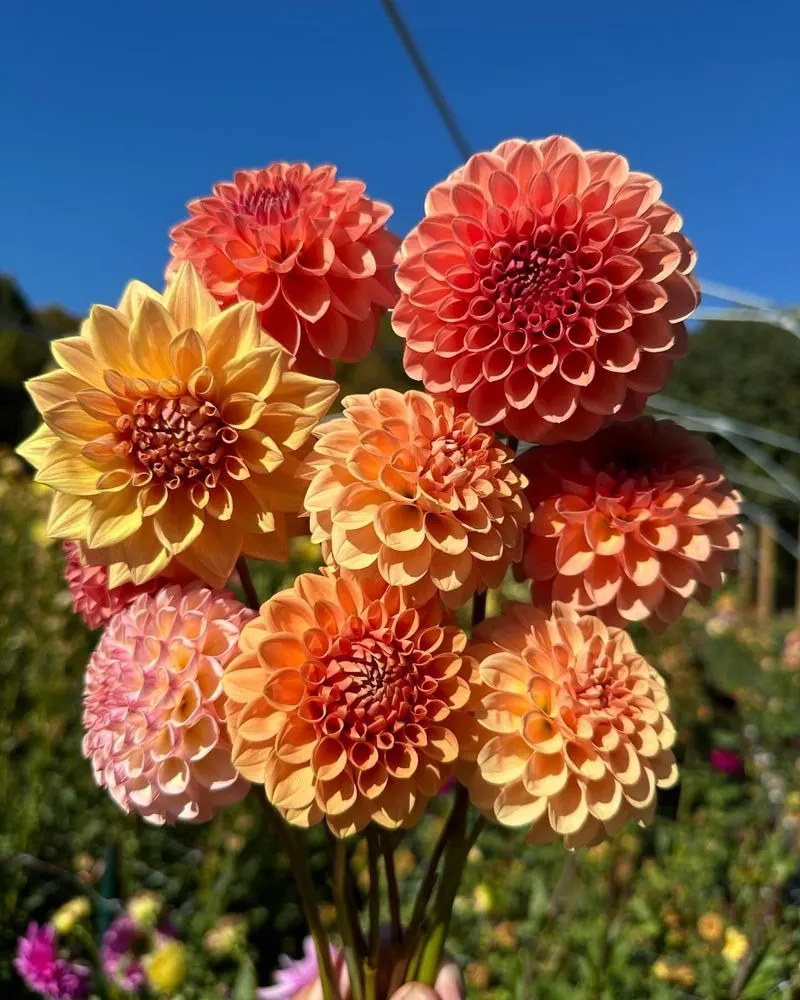
Dahlias captivated gardeners in the 1950s with their diverse shapes and striking colors. These tuberous-rooted plants provide a spectacular display from midsummer to the first frost. Their intricate petal arrangements can resemble pompoms or starbursts, adding a unique texture to any garden. Dahlias thrive in well-drained soil and full sun, rewarding gardeners with lush blooms. Today, they remain a favorite for both cutting gardens and floral arrangements. While they require a bit of care, such as overwintering tubers in colder climates, their vibrant beauty and historical allure make them well worth the effort.
Peonies
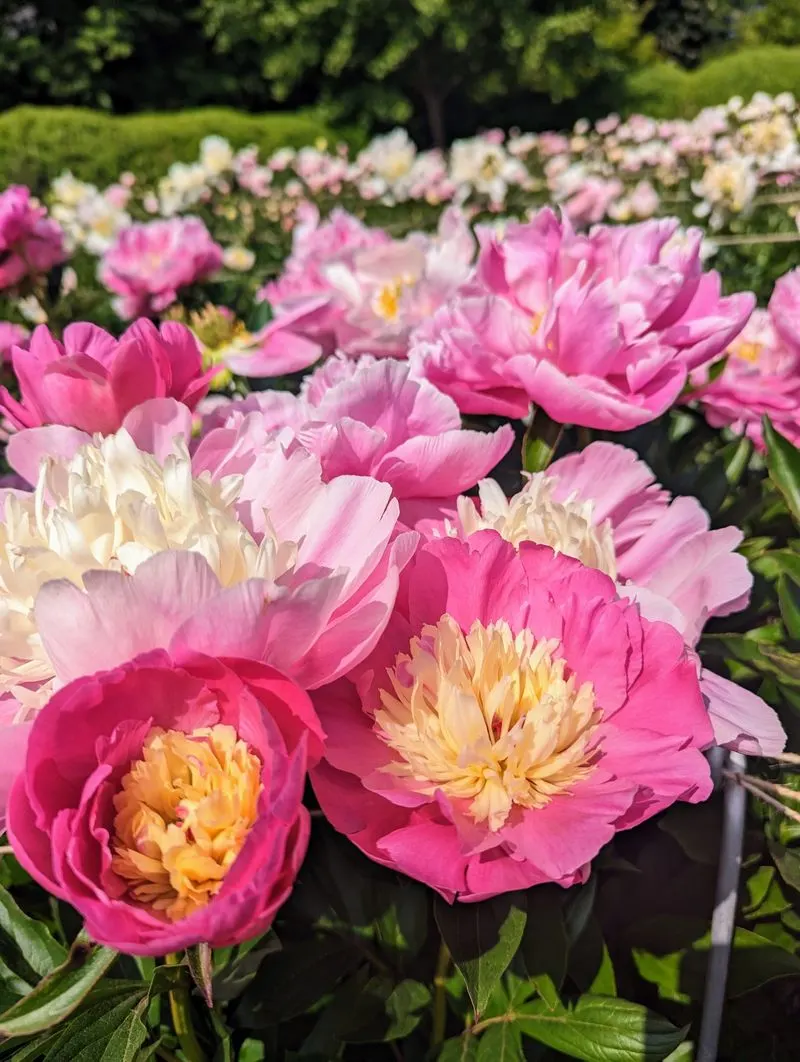
Peonies, with their lush blooms and sweet fragrance, were a beloved choice in ’50s gardens. Their large, often fragrant flowers make a bold statement in any landscape. These perennials are known for their longevity, sometimes thriving for decades in the same spot. Peonies prefer well-drained soil and a sunny location to reach their full potential. Their resilience and ability to thrive with minimal maintenance make them a favorite among gardeners today. Blooming in late spring to early summer, peonies provide a stunning display that harks back to their mid-century popularity.
Lilies
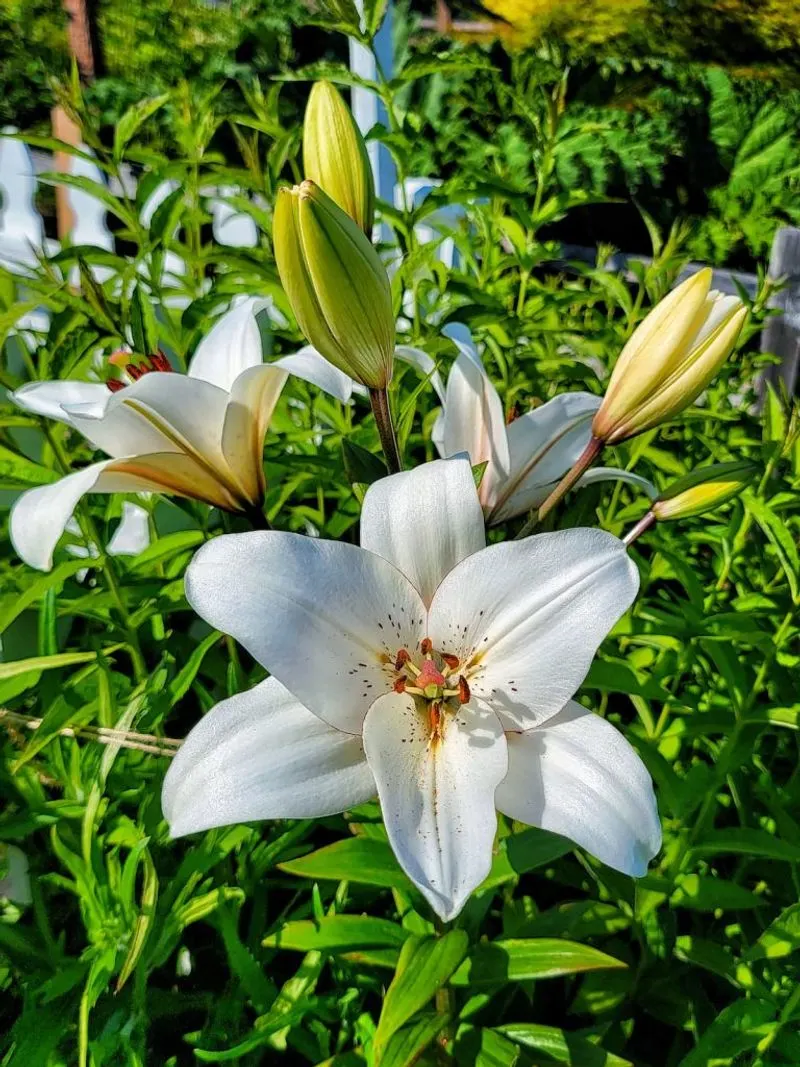
Lilies, with their elegant blooms and intoxicating fragrance, have been garden favorites for generations. In the 1950s, they symbolized purity and refined beauty, often used in formal garden designs. These perennials require well-drained soil and plenty of sunlight. Lilies are versatile, fitting well into both borders and container gardens. Their tall, graceful stems make them ideal for cutting, bringing a touch of elegance indoors. Today, hybrids offer an array of colors and improved hardiness, making lilies a cherished addition to modern gardens that echo the sophistication of their ’50s counterparts.
Hydrangeas
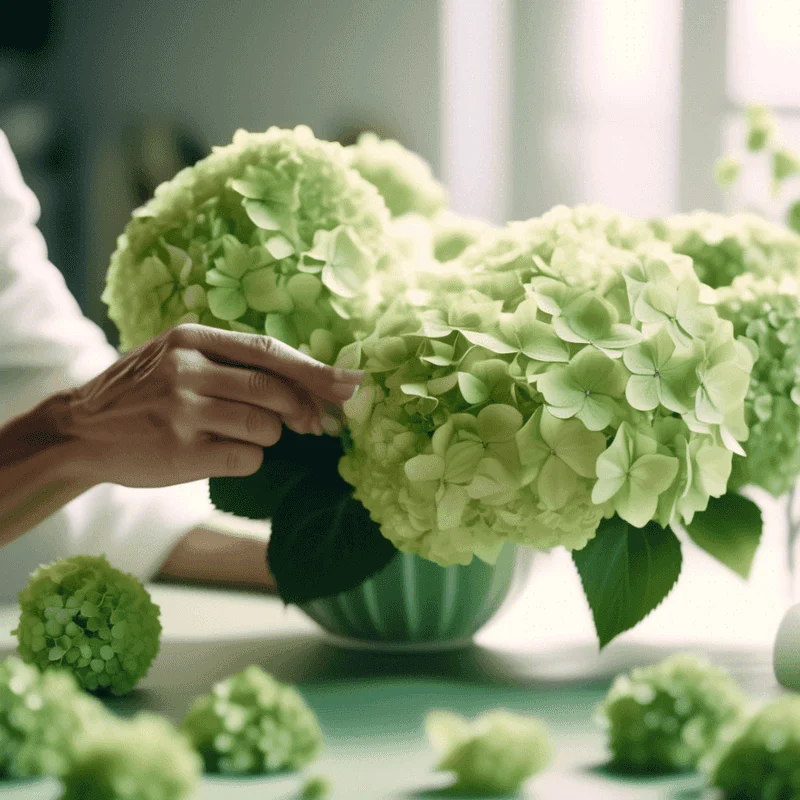
Hydrangeas were a garden staple in the 1950s, known for their large, colorful blooms. These shrubs thrive in various lighting conditions, from full sun to partial shade. Their flowers often change color based on the soil’s pH, ranging from vibrant blues to pinks and purples. This unique characteristic made them a favorite for creative gardeners. Hydrangeas are relatively easy to care for, requiring regular watering and occasional pruning. Their ability to adapt and flourish in different settings ensures their continued popularity, making them a timeless addition to gardens seeking a touch of vintage flair.
Tulips
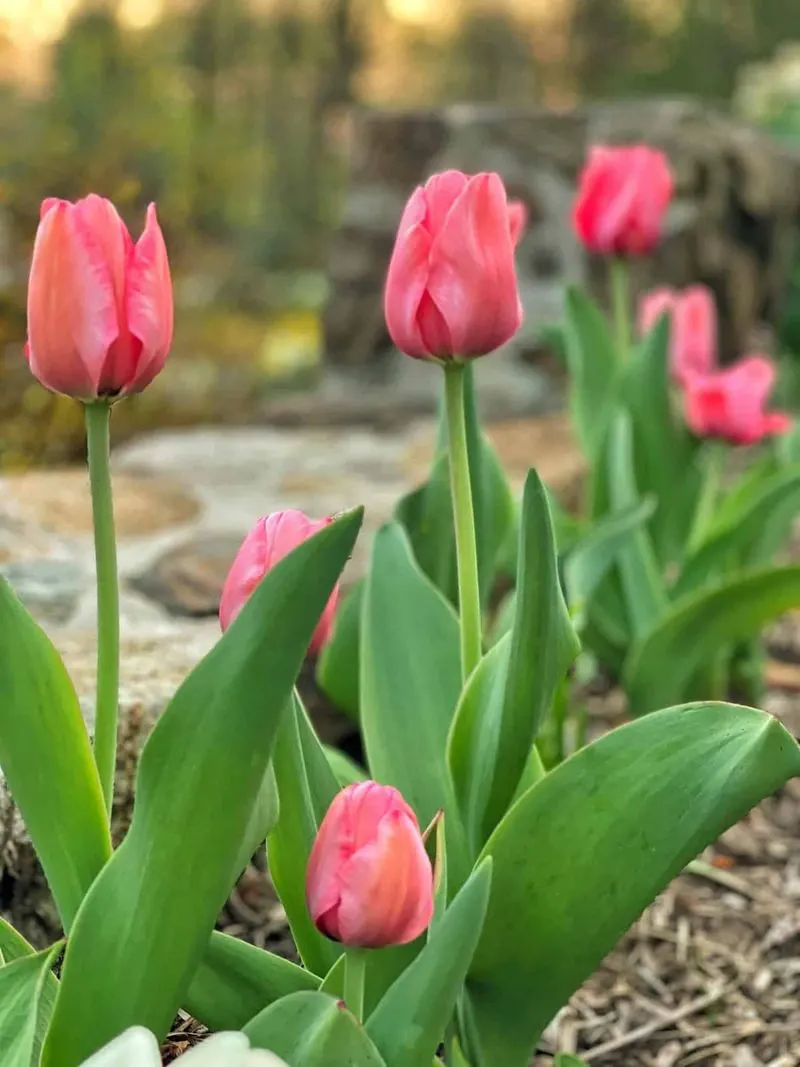
Tulips brought a burst of color to 1950s gardens, celebrated for their vibrant hues and elegant shapes. These spring bloomers are one of the easiest bulbs to grow, thriving in well-drained soil and full sun. Planting tulip bulbs in the fall ensures a dazzling display come spring. Their classic form and rich colors make them suitable for both formal and casual garden settings. Tulips’ simplicity and broad appeal have kept them a beloved choice. Each year, gardeners look forward to their cheerful blooms, marking the end of winter and ushering in the vibrant growth of spring.
Iris
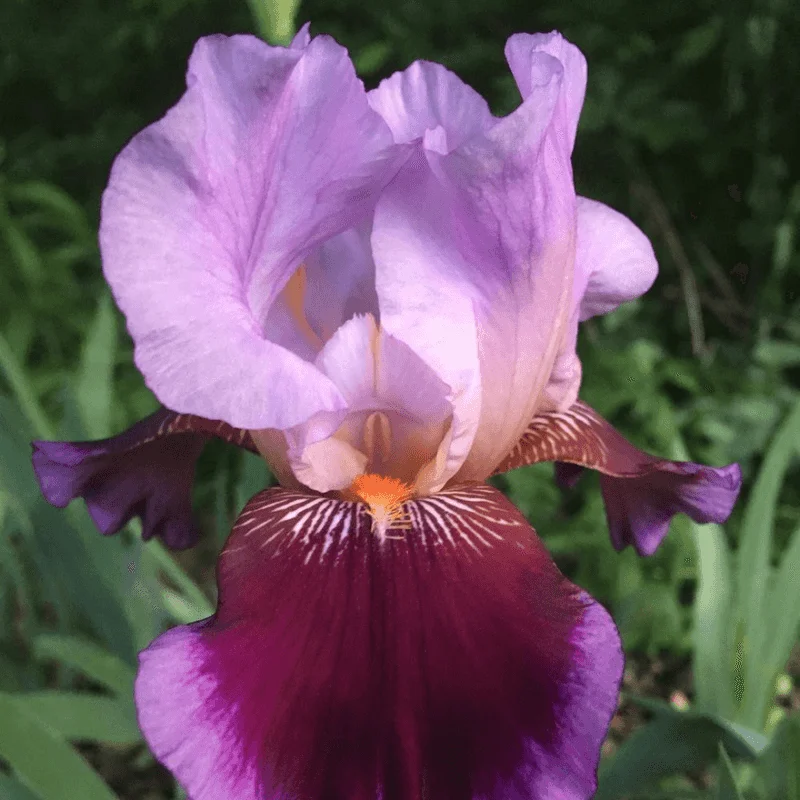
Irises enchanted 1950s gardeners with their stunning color variations and unique flower shapes. These perennials are loved for their sword-like foliage and intricate blooms. They thrive in sunny locations with well-drained soil. Often found gracing water features or garden borders, irises add a dramatic touch with their bold colors. Today, they continue to be cherished for their resilience and minimal maintenance needs. Irises are perfect for gardeners seeking a splash of color without extensive upkeep. Their timeless beauty and ease of cultivation ensure they remain a staple in gardens both vintage and modern.
Marigolds
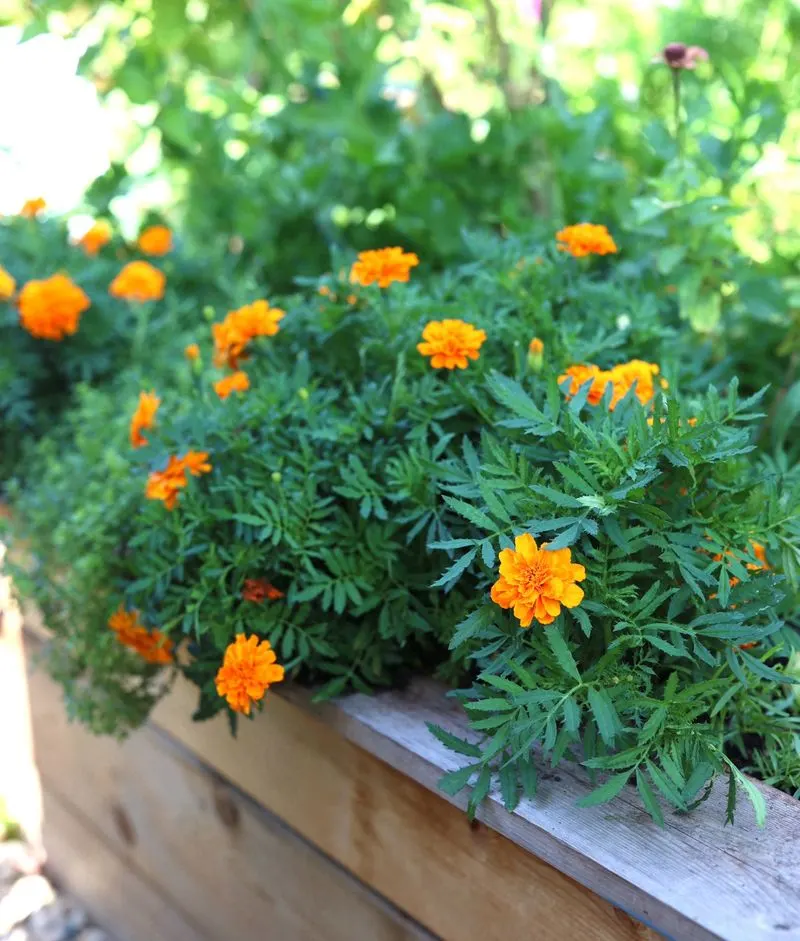
Marigolds were prized in the 1950s for their bright, cheerful blooms and ease of care. These annuals are perfect for adding vibrant color to garden beds and borders. Known for their pest-repelling properties, marigolds are often planted alongside vegetables. They thrive in full sun and are tolerant of various soil conditions, making them ideal for novice gardeners. The bold, sunny hues of marigolds make them a favorite for creating eye-catching displays. Even today, they are appreciated for their ability to grow effortlessly while adding a splash of color and nostalgia to any garden.
Sweet Peas
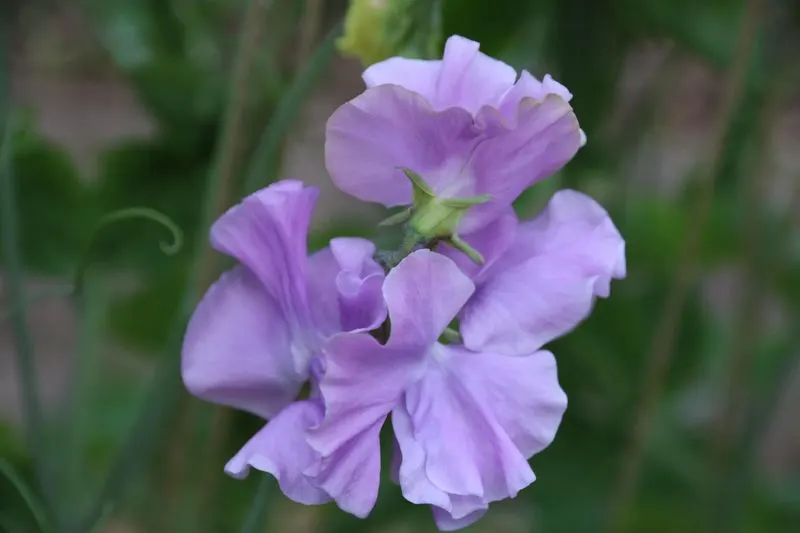
Sweet peas, known for their delightful fragrance and delicate blooms, were a cherished addition to 1950s gardens. These climbing annuals flourish in cool climates, providing a cascade of color and scent. Planting sweet peas along fences or trellises allows their tendrils to climb and create a stunning vertical display. They require rich, well-drained soil and regular watering. Known for their lovely scent, sweet peas are often used in bouquets and floral arrangements. Their nostalgic charm and captivating fragrance make them a perennial favorite, delighting gardeners who appreciate vintage beauty and aromatic gardens.

